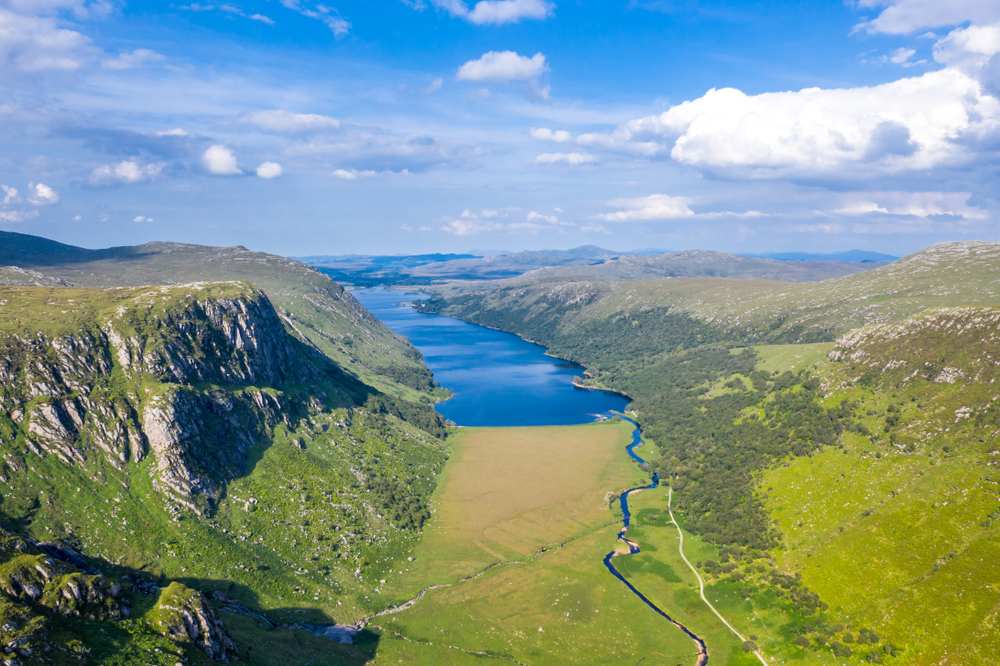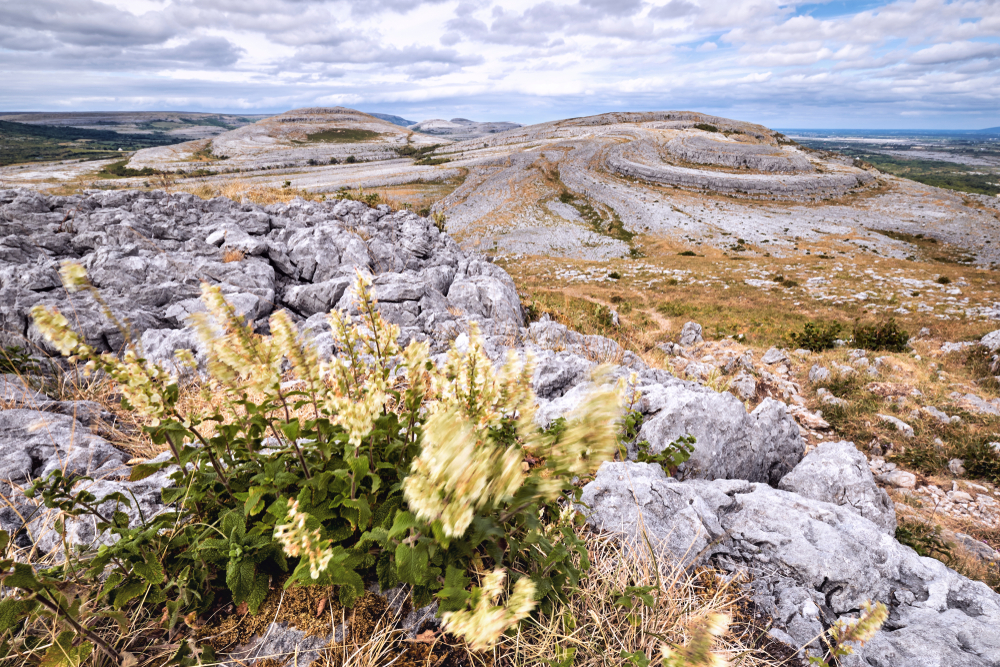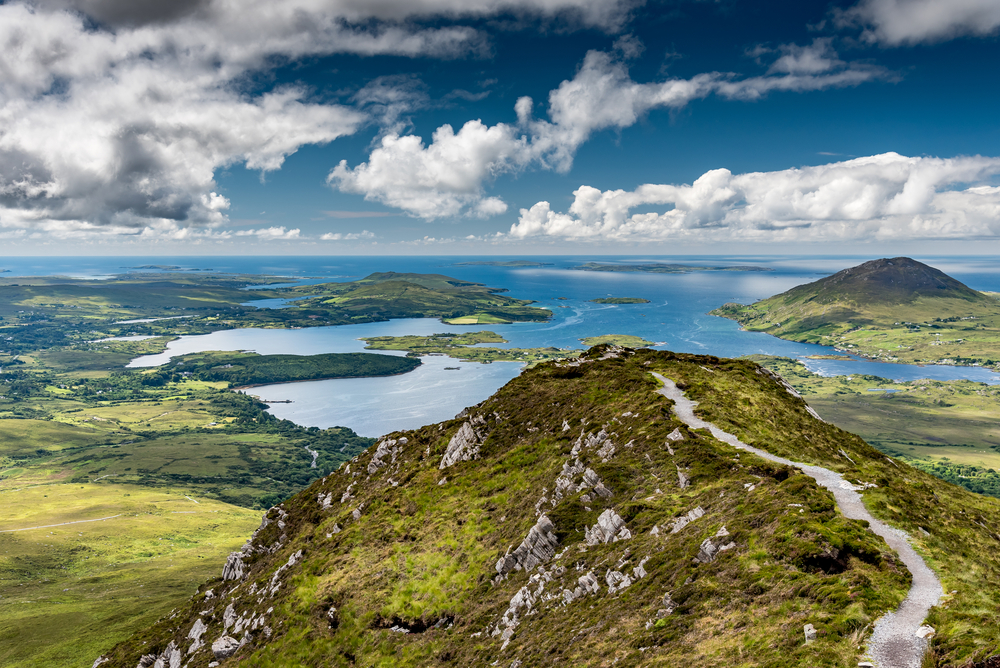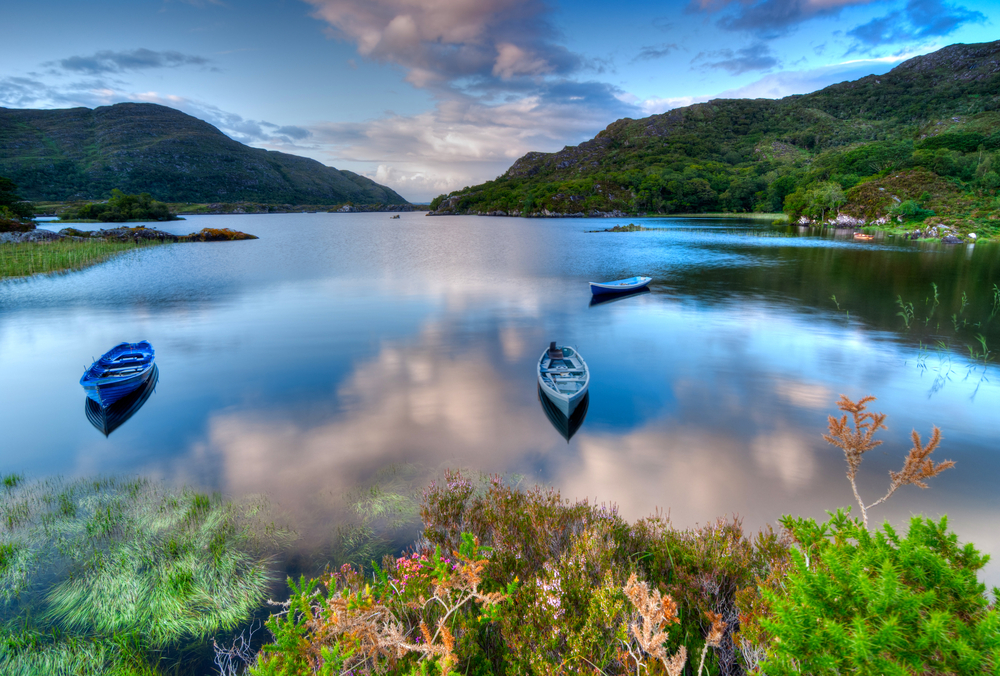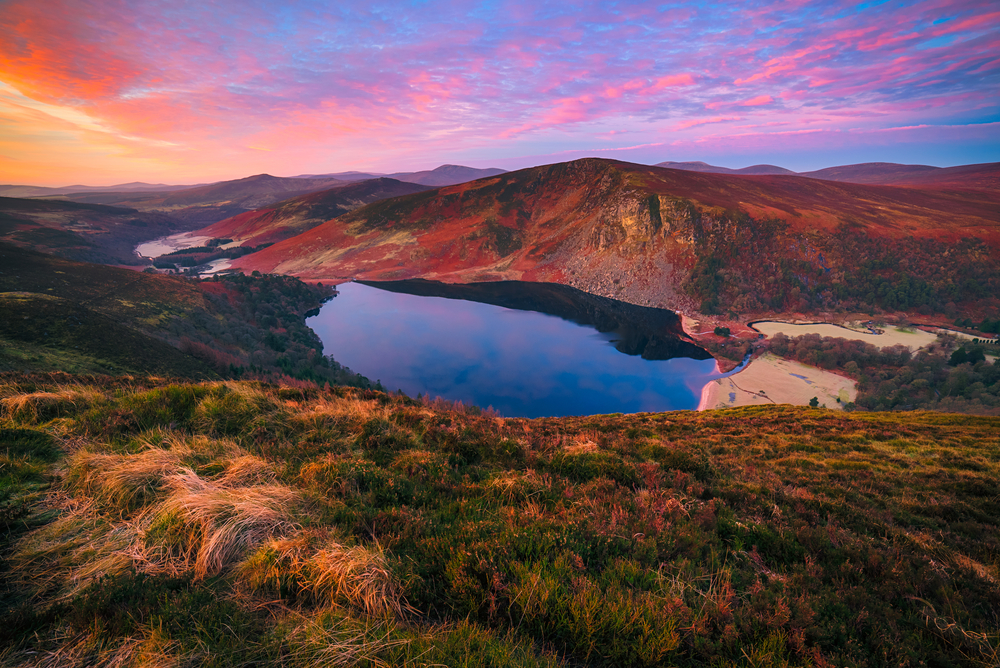Glenveagh Overview
Glenveagh National Park, or Páirc Náisiúnta Ghleann Bheatha in Irish, is a stunning expanse located in County Donegal, Ireland. Encompassing 66 square miles (170 square kilometers), it is one of Ireland’s six national parks and a jewel of the country’s northwest region.
Situated within the Derryveagh Mountains, the park is known for its rugged beauty, tranquil lakes, and lush valleys, making it a haven for nature enthusiasts and outdoor adventurers. At its heart lies Glenveagh Castle, a 19th-century castellated mansion that adds an air of mystery and history to the pristine natural surroundings.
The terrain of Glenveagh National Park is a captivating mix of moorlands, mountains, and woodlands. The park is defined by its vast peat bogs, heather-covered hills, and crystal-clear lakes, with Lough Veagh being one of the most prominent. The surrounding Derryveagh Mountains, including peaks like Slieve Snaght and Errigal visible nearby, create a dramatic backdrop.
The park’s lush native oak and birch woodlands are complemented by exotic species, such as Scots pine, which were introduced as part of reforestation efforts. In spring and summer, the landscape bursts with vibrant colors as wildflowers bloom, while the autumn months cloak the area in warm amber and rust tones.
Glenveagh is a sanctuary for wildlife, offering some of Ireland’s best opportunities for spotting iconic species. Red deer, the largest land mammals in Ireland, roam freely across the park’s hills and glens, a testament to successful reintroduction efforts. Smaller mammals like otters can often be seen along the rivers and lakes.
The skies are equally alive with birdlife, including the golden eagle, which was reintroduced to the park in 2001 after a century of absence. Other notable bird species include peregrine falcons, red grouse, and wood warblers, creating a paradise for birdwatchers. The lakes and rivers teem with fish, supporting a healthy population of otters and herons.
One of the most popular features of Glenveagh is its castle and gardens. The castle, originally built as a hunting lodge, is surrounded by meticulously maintained Victorian gardens that contrast beautifully with the wildness of the surrounding landscape. Visitors can explore the castle, stroll through the gardens, or take a guided tour to learn about the area’s history.
The park’s network of walking trails is another highlight, offering options for all levels of hikers. From gentle lakeside walks to more challenging routes like the ascent to the Poisoned Glen, there’s something for everyone. Cycling, fishing, and photography are also popular activities.
Glenveagh faces conservation challenges, particularly in balancing human activity with the preservation of its delicate ecosystems. Peatland restoration and the management of invasive species are ongoing priorities. Despite these challenges, the park has been a conservation success story, particularly with the reintroduction of golden eagles and the protection of its red deer population. Management efforts focus on sustainability and maintaining Glenveagh’s natural beauty for future generations.








































































